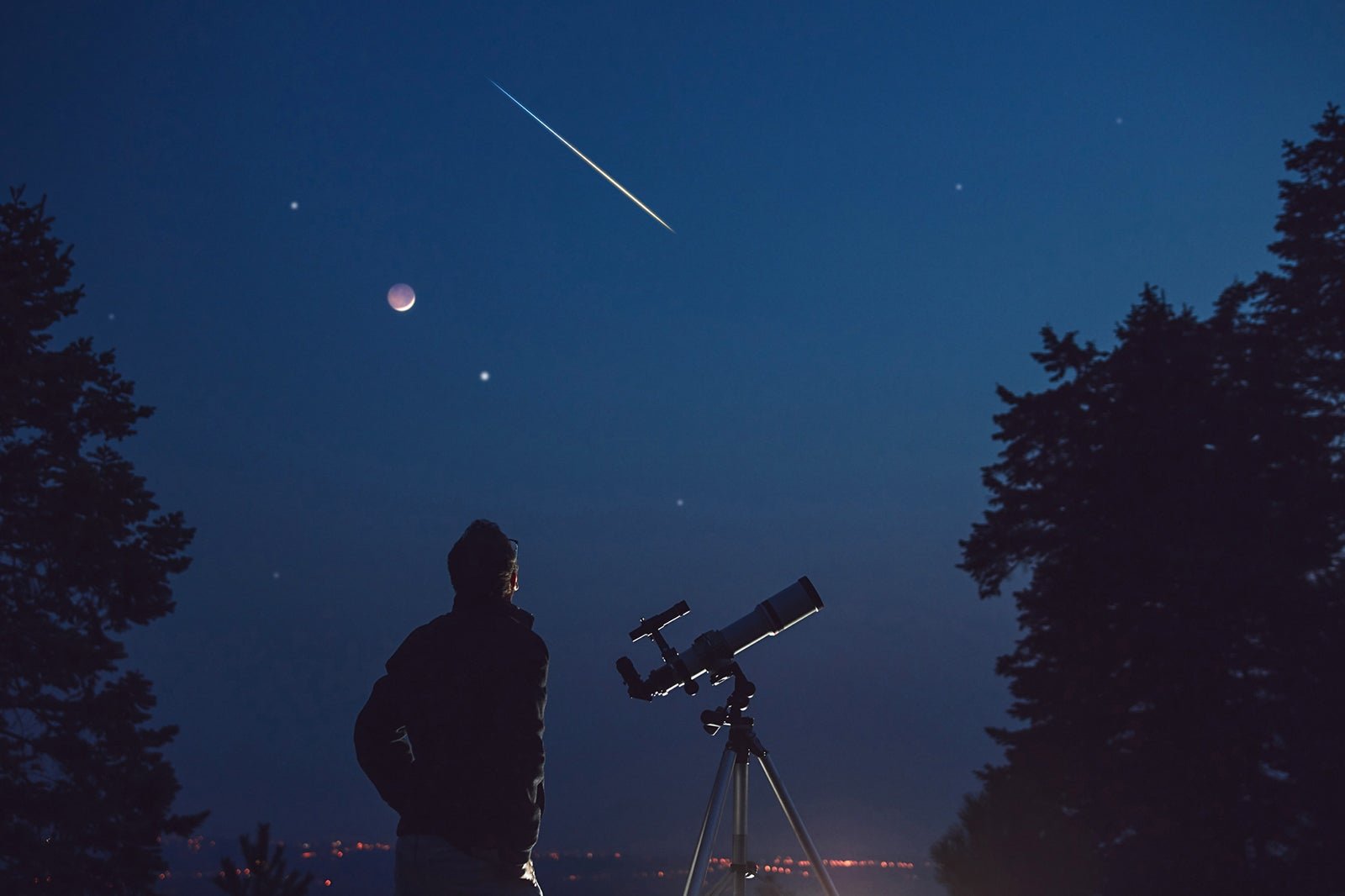When: Nov. 19
A supermoon occurs when a full moon coincides with the moon’s closest approach to Earth in its elliptical orbit. This makes the moon appear larger and brighter than usual. Supermoons happen several times a year, but the one on Nov. 19 will also feature a partial lunar eclipse.
During a partial lunar eclipse, the Earth’s shadow partially covers the moon, creating a stunning celestial event. This combination of a supermoon and a partial lunar eclipse is a rare occurrence and definitely worth witnessing.
Where to see it
The supermoon with a partial lunar eclipse can be seen from various locations around the world. However, it’s essential to find a place with clear skies and minimal light pollution for the best viewing experience.
In the U.S., popular destinations for viewing celestial events like this include national parks such as Joshua Tree National Park in California, Acadia National Park in Maine, and Great Smoky Mountains National Park in Tennessee and North Carolina. These parks offer dark skies and breathtaking landscapes, providing the perfect backdrop for stargazing.
For international travelers, locations like Uluru-Kata Tjuta National Park in Australia, Mauna Kea in Hawaii, and the Atacama Desert in Chile are known for their exceptional stargazing opportunities and are ideal for witnessing the supermoon and partial lunar eclipse.
Geminid meteor shower
When: Dec. 13-14
The Geminid meteor shower is considered one of the most spectacular meteor showers of the year. It occurs when the Earth passes through the debris trail left by an asteroid called 3200 Phaethon. The Geminids are known for their bright, colorful meteors and can produce up to 120 meteors per hour.
Unlike other meteor showers that are associated with comets, the Geminids are unique because they come from an asteroid. This makes them slower and easier to see compared to other meteor showers.
Where to see it
The Geminids can be observed from both the Northern and Southern Hemispheres, making it accessible to stargazers worldwide. However, the best views are typically from areas with minimal light pollution.
For those in the U.S., popular destinations for viewing the Geminid meteor shower include Death Valley National Park in California, Cherry Springs State Park in Pennsylvania, and the deserts of Arizona and New Mexico. These locations offer dark skies and open spaces, providing optimal conditions for meteor gazing.
International travelers can head to places like Mauna Kea in Hawaii, the Canary Islands in Spain, or the Australian Outback for excellent views of the Geminids.
Conclusion
With a total solar eclipse, ongoing solar maximum, and various meteor showers and celestial events, 2024 and 2026 are shaping up to be remarkable years for stargazers and astronomy enthusiasts. These celestial activities not only provide awe-inspiring experiences but also offer opportunities to explore beautiful destinations around the world.
Whether it’s witnessing the northern lights in Finland, experiencing the total solar eclipse in the U.S., or marveling at meteor showers in iconic national parks, there are plenty of reasons to search the stars in the coming years. So grab your telescope, pack your bags, and get ready for an unforgettable journey into the wonders of the universe.

